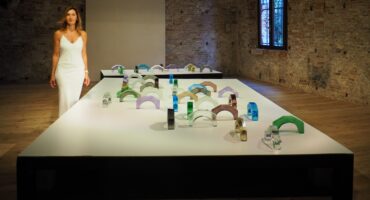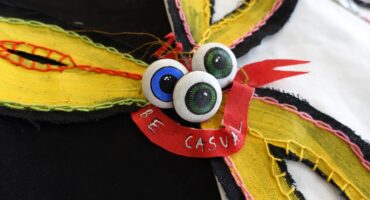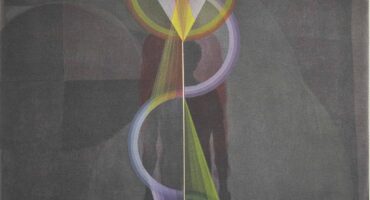- Home
- TÊTE-À-TÊTE
- SALAM ATTA SABRI
SALAM ATTA SABRI
SALAM ATTA SABRI
Drawing in Baghdad: Diary of a City
Salam Atta Sabri lives and works in Baghdad, Iraq, where he was born in 1953. Sabri’s main medium is drawing, using pencil and pen on paper. In these intricate and detailed works, he strives to comprehend, interpret and immerse himself in the vast and contradictory transformations that have taken place in his home city.
Sabri was fortunate to grow up in an artistic environment. His father, Ata Sabri, a pioneer Iraqi painter who graduated from London’s Slade school of art in the 1950s, played a significant role in shaping his artistic sensibilities. Sabri was exposed to art from a young age, observing his father at work and becoming accustomed to the use of colours and different artistic techniques. His father’s library introduced him to the masters of Western art, including Van Gogh, Rembrandt, Gauguin and Goya. Even his early cinema experiences in Baghdad left a mark – he remembers at the age of six watching a film about Van Gogh.
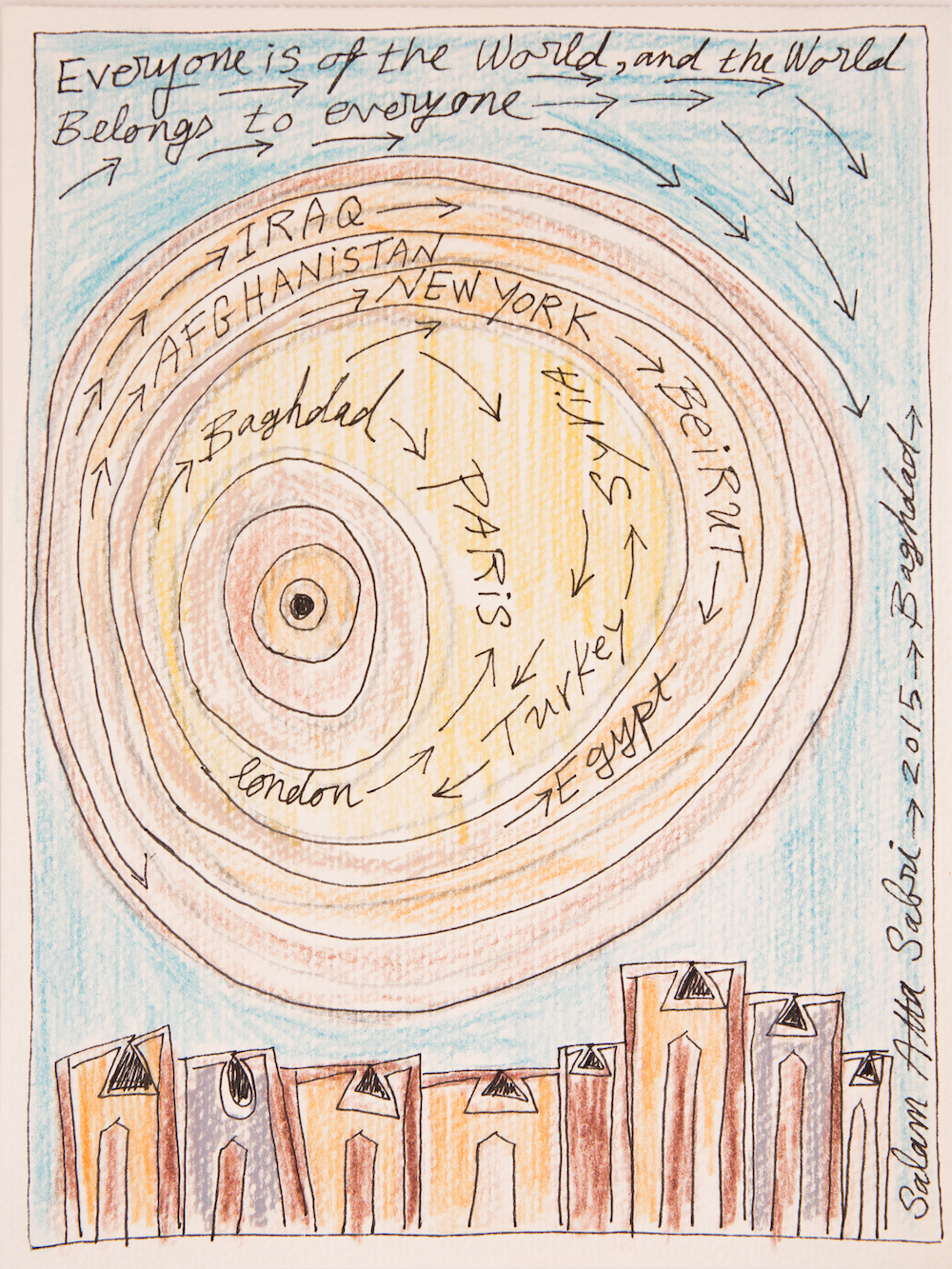
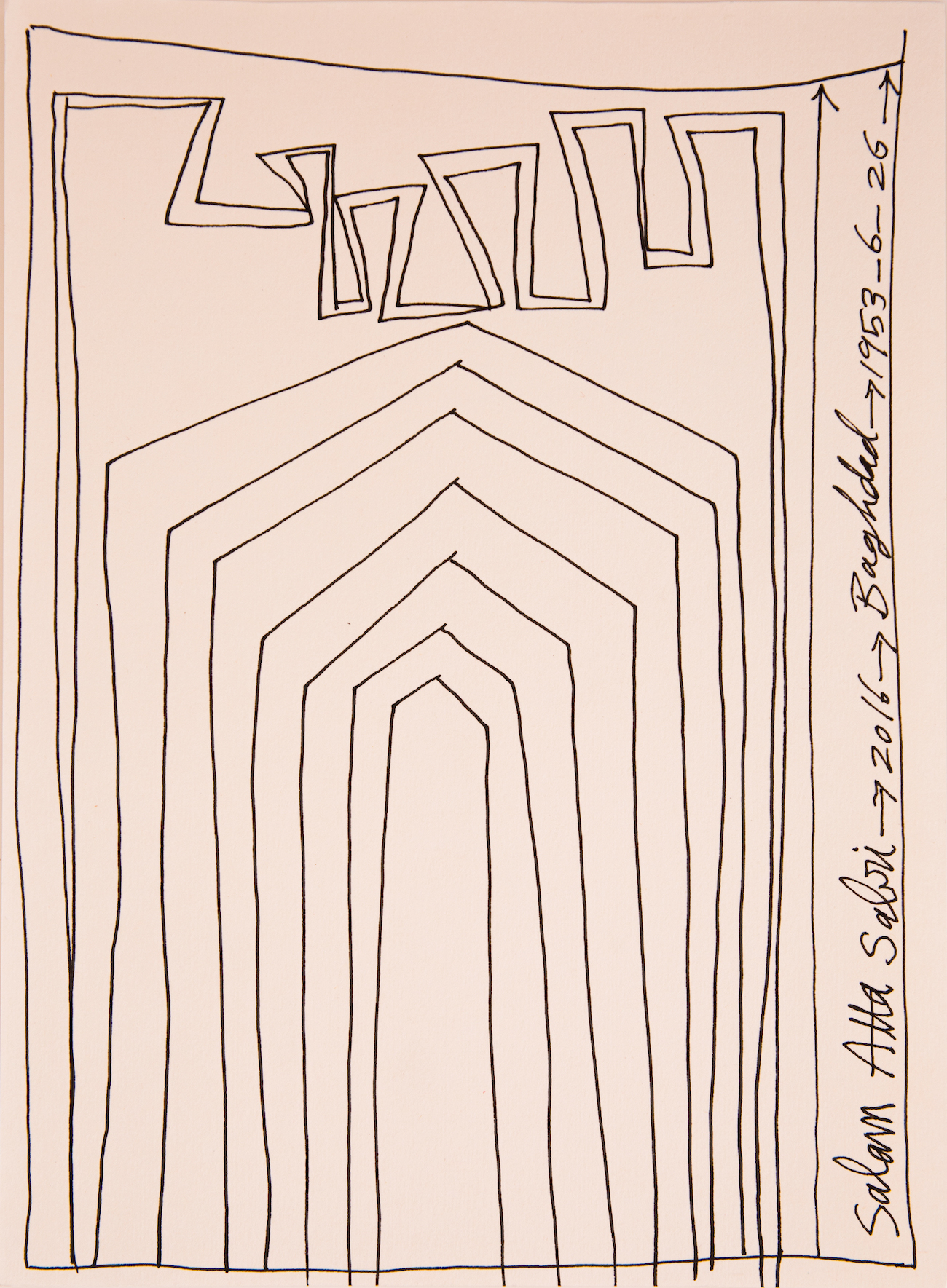
Sabri studied ceramics at California State University in Los Angeles, and then lived in the US for many years. His decision to return to Iraq in 2005 posed challenges to his practice – at the time, there was a shortage of art materials so he had to use his daughters’ school pencils. The result: hundreds of drawings documenting Sabri’s personal journey through the turbulent history of Baghdad and Iraq’s cultural recovery.
In 2015, his work was shown at the 56th Venice Biennale. It formed a major part of the Iraq Pavilion’s exhibit, Invisible Beauty, curated by Philippe Van Cauteren and commissioned by Ruya Foundation.

Sabri’s art employs a range of motifs and symbols that draw from his geographical and cultural surroundings. Two of his major series of artworks – Letters from Baghdad (2005–15) and Letters to my Father (2016–17) – can be viewed as visual letters, emanating the essence of the places and feelings he would have described if he was writing an actual letter.
Earlier in his career, Sabri’s travels shaped a lot of the narratives of his art – he remembers staying in a house in north London with his father and drawing Hampstead Heath and its surroundings. Nowadays, his balcony in Baghdad provides a unique vantage point that inspires many of his cityscape drawings.

Sabri’s fascination with Iraqi antiquities is also evident, reflecting his deep connection to the rich history and cultural heritage of his homeland. A number of distinctive symbols appear frequently, such as large eyes. Their use can be traced back to Sumerian dolls and figurines, which are prominently displayed at the Baghdad Museum of Antiques, a place where Sabri often finds inspiration.
Bricks are another recurring symbol, symbolising both continuity and change in Sabri’s art. These refer back to ancient Mesopotamia, where bricks made from mud were fundamental to the civilisation’s development. Date palms – a sacred symbol in Iraq for thousands of years, often depicted on Assyrian and Babylonian antiquities – are another significant feature of his drawings, including in his 2016 series Date Palm Killing Fields.
In his current practice, Sabri reflects on collective trauma and the absence of peace in present-day Baghdad. His drawings capture the city’s essence, including the view from his balcony, the Tigris river and the old city from both sides of the river. His art is also a form of therapy, helping him navigate the isolated and challenging conditions of his life. The lack of any colour apart from black in many of his earlier works is because he “forgot that any colour existed at all”. Recently, he has been more forthcoming with the use of colour. Although these are largely muted tones and subtle shades, the inclusion of any colour at all in his drawings is, he says, a major development.
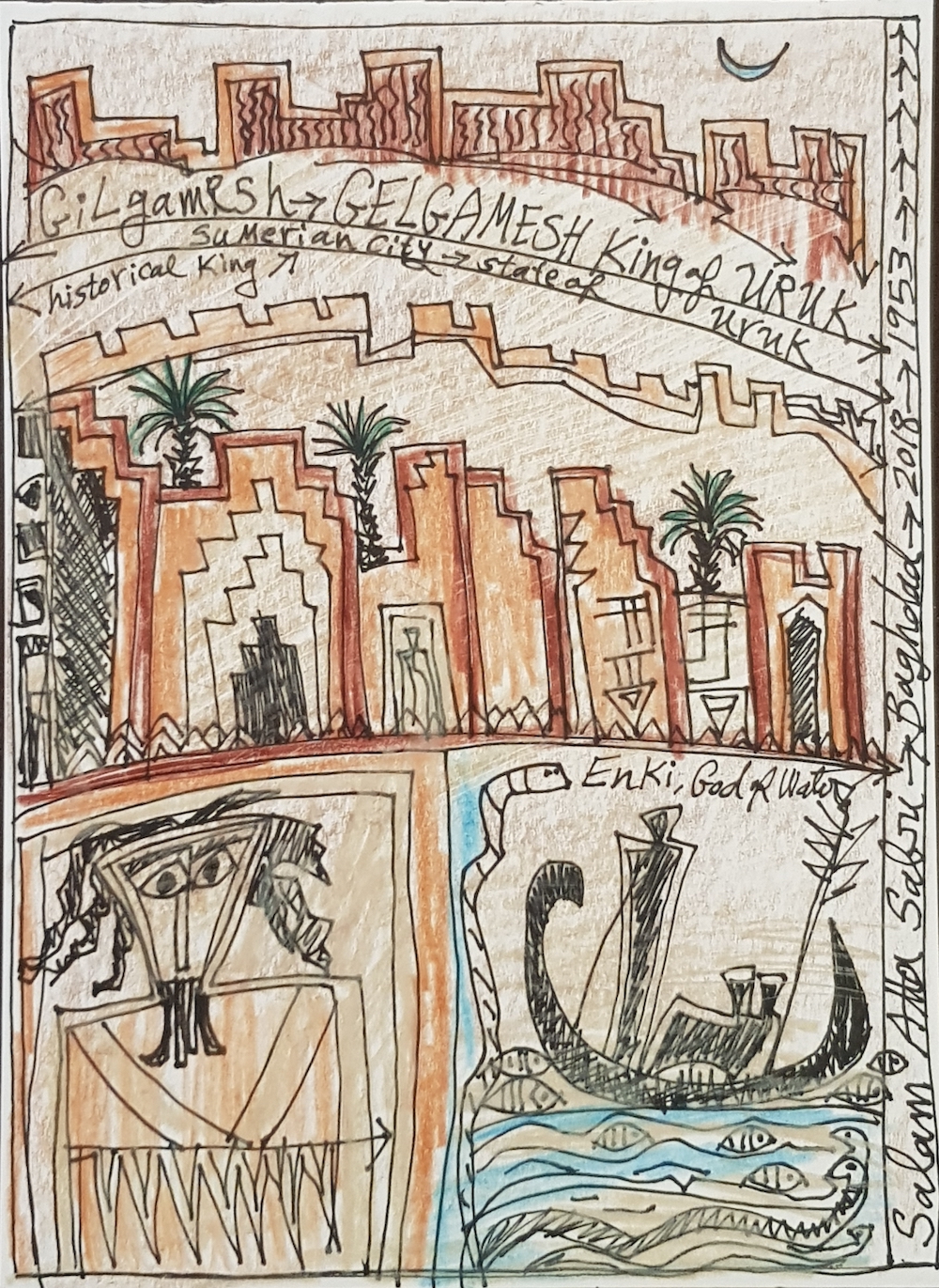

Related Articles
The Magazine
Recent Posts
-
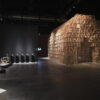
Cultural Diplomacy and Artistic Dialogues: Exploring ‘Beneath the Gaze of the Palms’
Cultural Diplomacy and Artistic Dialogues: Expl... -
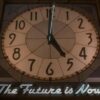
The Time is Now: How Artists Respond to the Idea of Time
THE TIME IS NOW: HOW ARTISTS RESPOND TO THE IDE... -

Cultural Crossroads: Stories of Exchange
CULTURAL CROSSROADS: STORIES OF EXCHANGE Januar... -
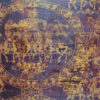
Colour Series Part IV: Purple
COLOUR SERIES PART IV: PURPLE The colour purple... -
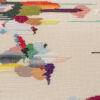
On Embroidery & Motherhood with Iliodora Margellos
On Embroidery & Motherhood with Iliodora Ma...
WANT TO STAY UPDATED WITH ITERARTE LATEST ACTIVITES AND NEWS?
Sign up to our newsletter to be one of the first people to access our new art, learn all about our latest launches, and receive invites to our exclusive online and offline art events.

